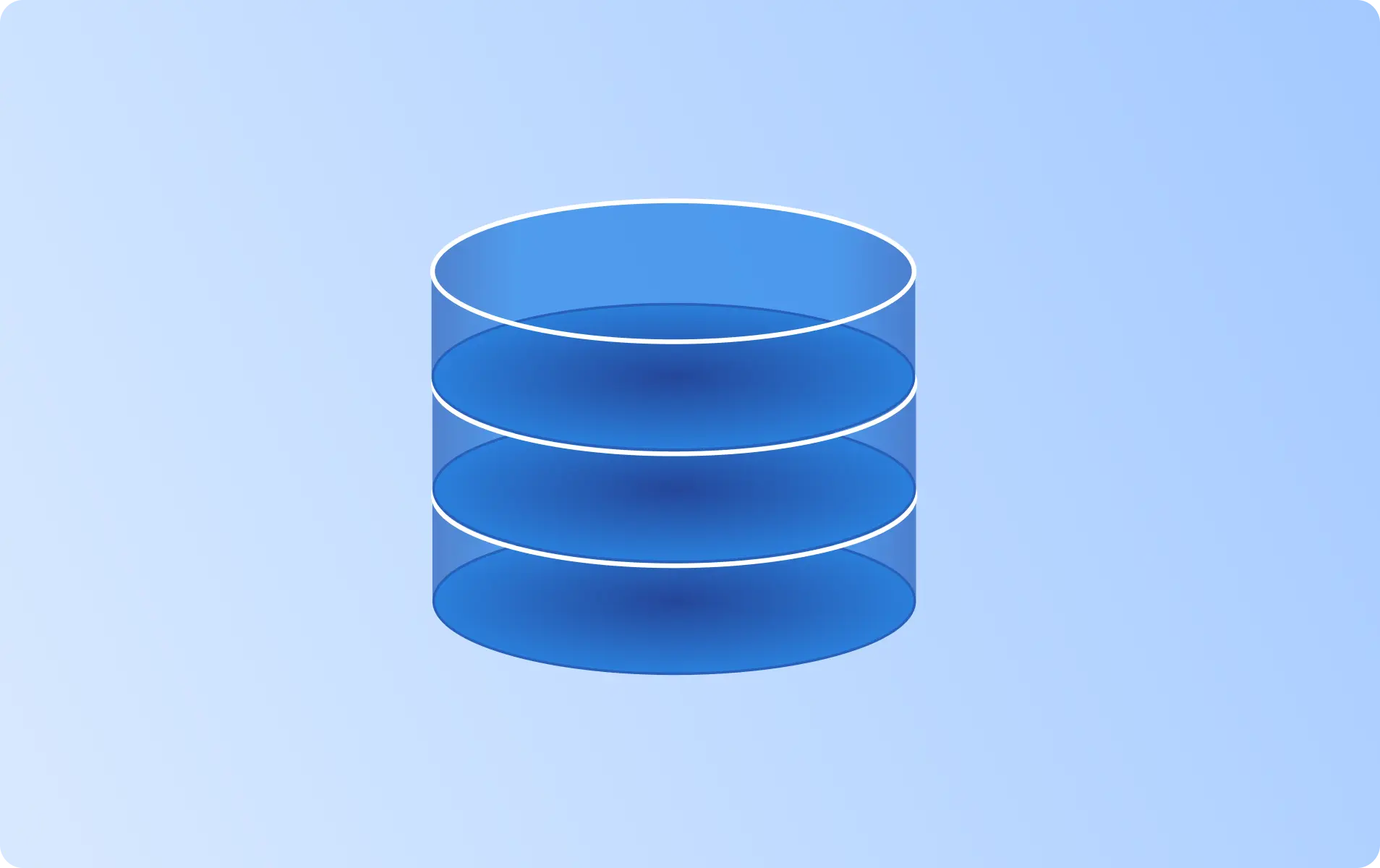What is Chatbot Training Data? Examples, Types & Uses

- Overview
- Datasets
- Providers
- Guide
- FAQ
- Overview
- Datasets
- Providers
- Guide
- FAQ
What is Chatbot Training Data?
Chatbot training data refers to the datasets used to train AI-powered chatbots. This kind of AI training data includes text conversations, customer queries, responses, and context-specific information that helps chatbots learn how to interact with users effectively. Chatbot training data is crucial for developing chatbots that can understand natural language, provide accurate responses, and improve over time.
Best Chatbot Training Databases & Datasets
Here is our curated selection of top Chatbot Training Data sources. We focus on key factors such as data reliability, accuracy, and flexibility to meet diverse use-case requirements. These datasets are provided by trusted providers known for delivering high-quality, up-to-date information.

Machine Learning (ML) Data | 800M+ B2B Profiles | AI-Ready for Deep Learning (DL), NLP & LLM Training

FileMarket | 20,000 photos | AI Training Data | Large Language Model (LLM) Data | Machine Learning (ML) Data | Deep Learning (DL) Data |

Data Collection by Shaip: Text, Audio, Image, Video for AI & ML Training

Data Collection by EPIC Translations: Copywriting, Text & Audio Data Data for AI & ML Training

Global English Speech with Accent Conversational Dataset — Multi-Region Validated Speech with Gender, Age & Metadata for AI & NLP Training

Latin American English Accent Speech Dataset — Authentic Local Speaker Conversations

FileMarket | Dataset for Face Anti-Spoofing (Videos) in Computer Vision Applications | Machine Learning (ML) Data | Deep Learning (DL) Data
Can't find the data you're looking for?
Let data providers come to you by posting your request
/postings/new?utm_content=search_results_page&utm_medium=platform&utm_source=datarade
Top Chatbot Training Data Providers & Companies
What are Examples of Chatbot Training Data?
Examples of chatbot training data include customer service transcripts, FAQs, support tickets, and social media interactions.
Types of Chatbot Training Data
- Textual Data: Text-based conversations from chat logs, customer service transcripts, and emails.
- Annotated Data: Labeled datasets where specific parts of text are marked for intent, sentiment, or entity recognition.
- Speech Data: Voice recordings and audio data used to train chatbots to understand and respond to spoken language.
- Translation Data: Training data in multiple languages to enable chatbots to interact with users globally.
How is Chatbot Training Data Collected?
Chatbot training data is collected through various methods, including:
- Customer Service Logs: Historical chat logs and transcripts from customer interactions.
- Surveys and Feedback: Data from customer surveys and feedback forms that highlight common questions and concerns.
- Social Media Interactions: Conversations from social media platforms where customers interact with brands.
- Manual Annotation: Human annotation of datasets to label intents, entities, and sentiments for training purposes.
- Third-Party Datasets: Purchasing or accessing datasets from providers specializing in chatbot training data.
This data is used to train, test, and refine chatbots, ensuring they provide accurate, relevant, and timely responses.
Why is Chatbot Training Data Important?
Chatbot training data is important because it enables AI systems to learn how to interact with users in a natural, human-like manner. By analyzing and training on diverse datasets, chatbots can improve their understanding of language, context, and user intent. This leads to more effective customer service, higher user satisfaction, and better overall performance of AI-driven systems.
Chatbot Training Data Uses
- Customer Service Automation: Training chatbots to handle customer inquiries, resolve issues, and provide support 24/7.
- Sales and Marketing: Developing chatbots that can engage with potential customers, answer product questions, and guide users through the sales funnel.
- User Interaction Improvements: Using chatbot data to refine AI responses, improve conversation flows, and enhance user experiences.
- Sentiment Analysis: Training chatbots to recognize and respond appropriately to different customer emotions and sentiments.
- Multilingual Support: Enabling chatbots to interact with users in multiple languages by training on diverse linguistic datasets.
Frequently Asked Questions
How is the Quality of Chatbot Training Data Maintained?
The quality of Chatbot Training Data is ensured through rigorous validation processes, such as cross-referencing with reliable sources, monitoring accuracy rates, and filtering out inconsistencies. High-quality datasets often report match rates, regular updates, and adherence to industry standards.
How Frequently is Chatbot Training Data Updated?
The update frequency for Chatbot Training Data varies by provider and dataset. Some datasets are refreshed daily or weekly, while others update less frequently. When evaluating options, ensure you select a dataset with a frequency that suits your specific use case.
Is Chatbot Training Data Secure?
The security of Chatbot Training Data is prioritized through compliance with industry standards, including encryption, anonymization, and secure delivery methods like SFTP and APIs. At Datarade, we enforce strict policies, requiring all our providers to adhere to regulations such as GDPR, CCPA, and other relevant data protection standards.
How is Chatbot Training Data Delivered?
Chatbot Training Data can be delivered in formats such as CSV, JSON, XML, or via APIs, enabling seamless integration into your systems. Delivery frequencies range from real-time updates to scheduled intervals (daily, weekly, monthly, or on-demand). Choose datasets that align with your preferred delivery method and system compatibility for Chatbot Training Data.
How Much Does Chatbot Training Data Cost?
The cost of Chatbot Training Data depends on factors like the datasets size, scope, update frequency, and customization level. Pricing models may include one-off purchases, monthly or yearly subscriptions, or usage-based fees. Many providers offer free samples, allowing you to evaluate the suitability of Chatbot Training Data for your needs.







